I remember the day my trusted Jeep bore the brunt of nature’s unpredictability. After one too many trails, my beloved vehicle’s once pristine paintwork had become a canvas of scratches and chips. In the quest for a more resilient solution, I dove into the contrasting worlds of PPF and ceramic coating—two popular choices in car paint protection. But here’s a twist: what if the strongest defense isn’t just about the material, but how it’s applied? This led me on a journey of discovery, testing resilience and aesthetics on my Jeep through countless experiments.
What is PPF?
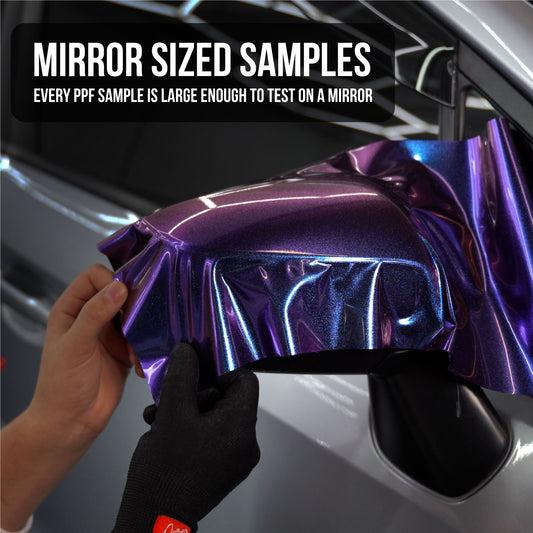
When I first dove into the world of automotive protection, I vividly remember applying PPF, or Paint Protection Film, to my own vehicle. The meticulous application process was almost like a meditative experience. But what exactly is PPF, and why should you care? PPF is a thin, flexible, thermoplastic urethane film designed to protect your car’s paint from scratches and dents.
Did you know that PPF can protect your car from both physical damage and harmful UV rays? That revelation was a game-changer for me. I initially applied it to shield my Jeep during adventurous weekend trails, but its benefits extend far beyond preventing scratches and chips. The film acts as a resilient barrier, safeguarding against discoloration from the sun’s harsh UV rays, which maintains the paint’s pristine look over time.
From a technical standpoint, PPF’s ability to self-heal minor scratches is nothing short of miraculous. It’s almost like watching magic happen as the film smooths itself out, erasing the small mishaps of daily life. As someone deeply passionate about off-roading, I always recommend it to fellow Jeep enthusiasts who tackle rugged terrains. The combination of protective features offers unparalleled peace of mind, knowing that the car’s finish—whether caught under low branches or splattered with mud—remains unblemished.
Overall, understanding PPF has transformed my approach to vehicle maintenance. It’s not just about aesthetics; it’s a smart investment in extending the life of the vehicle’s exterior. This insight is something I’m eager to share with anyone considering comprehensive paint protection options.
What is Ceramic Coating?
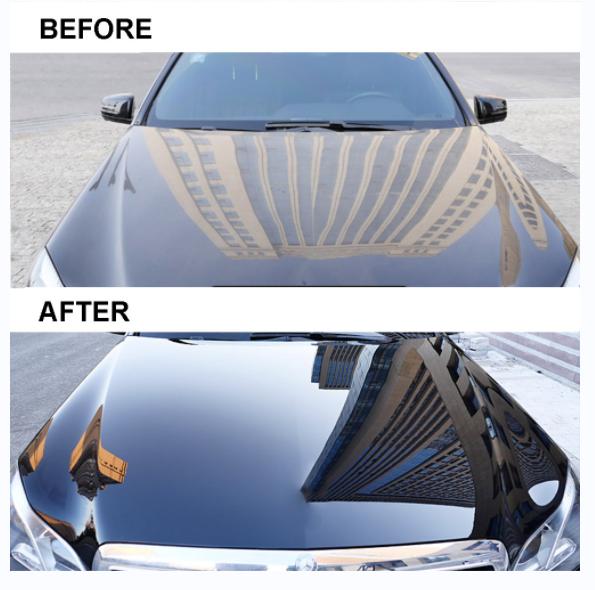
During my stint testing vehicle ceramics for durability, I was astonished by how a simple application transformed the paint of a car into a super hydrophobic surface. This remarkable change got me thinking: How does a liquid polymer create a shield for your car’s paint? Let me unravel the mystery of ceramic coating—a process that not only mesmerized me but permanently altered my perspective on car care.
Ceramic coating, in its essence, is a liquid polymer applied by hand to a vehicle’s exterior surface. The magic occurs at the molecular level, where the coating forms a chemical bond with the factory paint, creating a layer impervious to external threats. Imagine having a second skin for your car, protecting it from the perils of UV rays, oxidation, and chemical stains.
One time, I was caught in a sudden downpour after having just applied ceramic coating to my trail-ready Jeep. I watched in awe as the water beaded off, requiring no effort on my part! It solidified my understanding of ceramic coatings—engineered not just for shine but for lasting, protective brilliance against chemical contaminants.
The coating doesn’t just protect; it enhances. The resulting glossy, candy-like finish amplifies the visual appeal of any vehicle. For someone like me, who cherishes both the journey and the looks of my off-road adventures, ceramic coating provides a peace of mind and an aesthetic boost that is unmatchable. Next, let’s dive into why you might choose ceramic coating over its competitor, Paint Protection Film (PPF).
Why Choose One Over the Other?
Cost Comparison
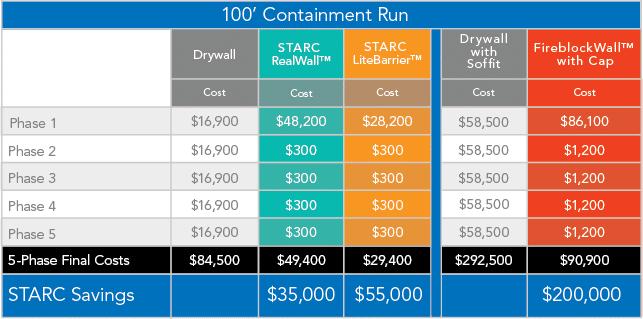
Is the initial investment worth the long-term benefits of vehicle protection? This question often echoes in my mind as I evaluate the cost comparison between Paint Protection Film (PPF) and ceramic coating. When budgeting for protection on my latest project, the installation costs initially seemed steep—a potential red flag for many. However, as I delved deeper, I discovered that investing wisely now could mean fewer headaches later. The financial considerations of vehicle protection aren’t just about what’s cheapest upfront.
Both PPF and ceramic coatings demand an upfront financial commitment, yet they shine in different areas. While PPF commands a higher initial cost, it excels in withstanding physical damage like stone chips. On the other hand, ceramic coating, though generally less expensive to install, offers superior protection against UV and chemical spills, often leading to lower future maintenance costs. My advice? Weigh your driving habits and environmental conditions when deciding. Not every car or owner requires the same level of protection, but understanding these cost-to-benefit dynamics can decisively guide one’s choice.
Application Process
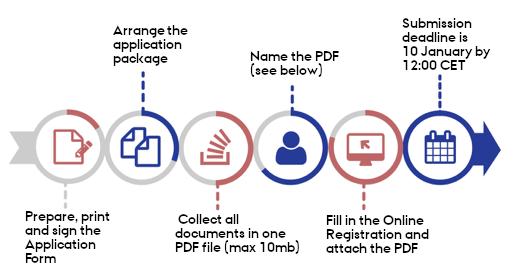
Have you ever tried applying a protective film or coating yourself? In my journey of comparing PPF and ceramic coating, I delved deep into the application process as part of understanding installation insights. Tackling a PPF application solo initially seemed like a cost-effective DIY venture. However, the execution taught me an invaluable lesson. While enthusiasm was aplenty, achieving a flawless finish required precision and expertise beyond my expectations. This compares starkly to ceramic coatings, where the application might seem simpler but demands meticulous preparation and attention to maintenance to maintain its integrity.
Both methods have their quirks, but it’s crucial to acknowledge that investing in professional installation can often circumvent potential pitfalls and save you headaches in the long run. This insight plays a pivotal role when deciding why you might choose one method over the other. Implementation ease and professional expertise are significant— sometimes, the delicate balance between a seamless finish and ongoing upkeep guides the ultimate decision in vehicle protection.
Protection Levels

When faced with the decision of vehicle protection, what type of damage do you worry about the most? This question is crucial in determining why you might choose one protection level over another. Through my engineering journey and an enlightening road trip, I’ve explored the protection levels offered by both paint protection film (PPF) and ceramic coatings. The full force of experience hit me when I saw how each responded to real-world conditions.
PPF, with its incredible hardness and scratch resistance, serves as a robust barrier against physical abrasions. I witnessed its prowess as my Jeep faced debris and gravel, leaving minimal marks on the exterior. Conversely, the chemical and UV protection offered by ceramic coatings is unmatched, providing an invisible shield that preserves car aesthetics under intense sun and rain. Mastering this understanding has allowed me to guide others through choosing the appropriate solution based on their specific exposure levels, ultimately protecting their vehicle’s beauty and integrity.
What Are the Drawbacks?
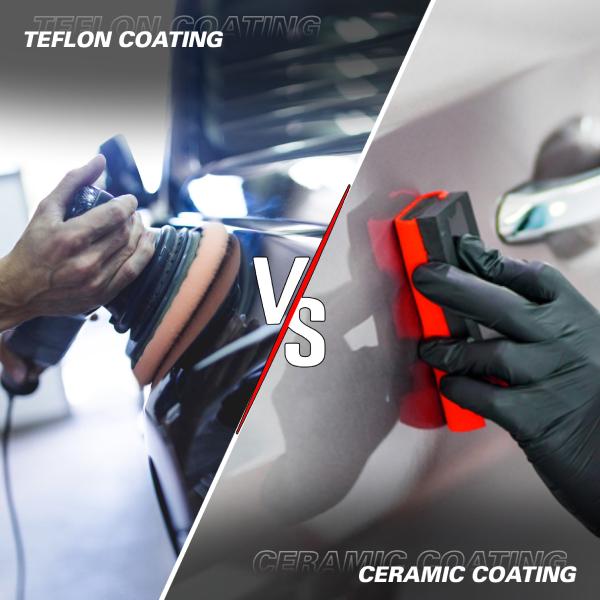
What pitfalls should you be wary of when choosing a protective method? This question lingered in my mind after years of defending my off-road vehicles with both Paint Protection Film (PPF) and ceramic coatings. Each method sparkled in the showroom but peeled back its vibrant façade under real-world conditions, revealing complexities I hadn’t foreseen.
My first revelation came with PPF. Despite its sturdy reputation, I found that its achilles heel was edge peeling, especially after fierce sessions on unkind terrain. The ruggedly cut edges eventually caught dirt and grime, leading to unsightly frayed edges. While touch-ups were possible, it was a maintenance puzzle I hadn’t anticipated, especially in areas prone to dust and mud.
Conversely, I initially believed ceramic coatings promised a set-and-forget shield. However, I soon discovered, after months of bouncing off trails, that their shine waned if neglected. My adventure-hardened paint dulled, teaching me that regular upkeep was non-negotiable. The misconceptions surrounding their ‘no-maintenance’ pledge were debunked firsthand.
Ultimately, these revelations forged my understanding of each protection’s limitations. I realized that choosing between PPF and ceramic coatings wasn’t merely about assessing immediate gloss or grit-resilience; it was imperative to anticipate and plan for their individual care demands, ensuring they uphold their promise amidst the harsh realities of off-roading.
Conclusion
So, which protection method would I choose for my vehicle if I had to pick just one? After diving deep into the world of PPF vs ceramic coating, it’s clear to me that the decision hinges on my driving lifestyle and priorities. If I’m setting off on rugged, off-road adventures, PPF provides the ultimate protection with its formidable armor against harsh elements. It stands resilient, ready to guard against nature’s unavoidable scratches and debris.
Conversely, when it comes to enhancing everyday aesthetics and minimizing maintenance, ceramic coating steals the spotlight. It elegantly enhances the car’s finish, offering a glossy sheen that makes daily care remarkably simple.
Thus, my choice would stem from the specific demands of my car’s journey—balancing robust protection with aesthetic desires. Ultimately, it’s a personal decision, shaped by understanding not just the technical advantages, but also how they mesh with my vehicle’s lifestyle and fundamental needs.